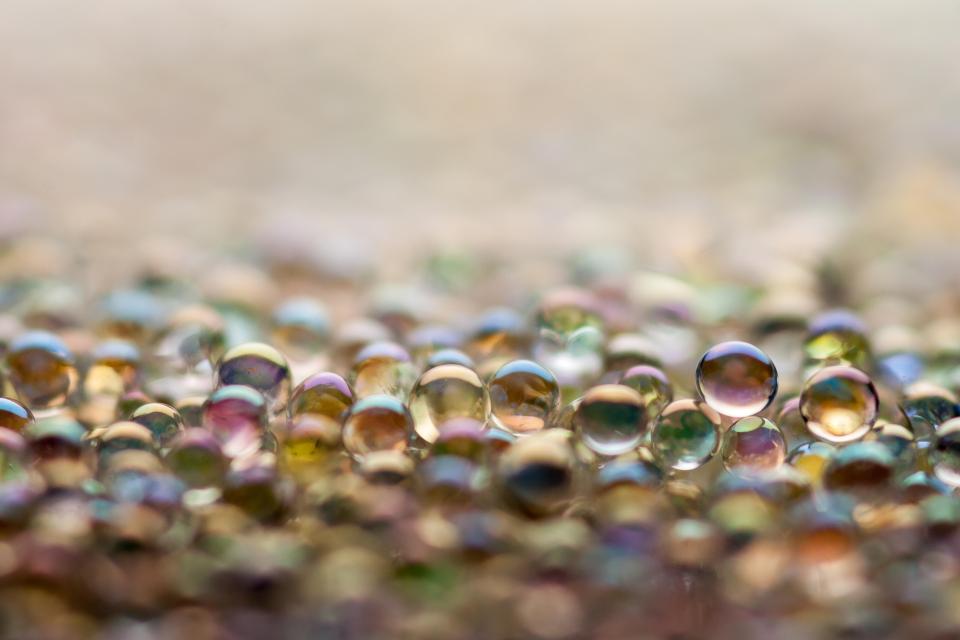What is the microbead ban, which beauty products contain them and how dangerous are they for marine life?
Microbeads are tiny plastic orbs manufactured for household products

BEAUTY, cleaning and health products containing microbeads are being banned in the UK.
Andrea Leadsom, the environment secretary, said that cosmetics and personal care products containing the beads, which can be as small as 0.01mm across, are being prohibited to protect marine life.
What are microbeads? Which beauty products use microbeads?
Microbeads are tiny plastic orbs manufactured for household products like shower gels, deodorants, sun creams, makeup and lotions, and are used for their exfoliating or abrasive effect. They began to be widely used about a decade ago. They are usually made from polyethylene but can be other petrochemical plastics.
The tiny spheres create a ball-bearing effect in creams and lotions, giving them a pleasant texture and allowing the product to be spread more smoothly.
Coloured microbeads are used in some products to make them look more appealing.
Elisabeth Whitebread, oceans campaigner at Greenpeace, said: "Marine life doesn't distinguish between plastic from a face wash and plastic from a washing detergent: we need a comprehensive ban on microbeads in any product which can end up going down our drains and polluting our oceans."
Natural alternatives are just as effective and would not increase prices, claim green campaigners.
When are microbeads being banned in the UK?
The manufacture of products that have microbeads was banned in January.
And as of Tuesday June 19, the ban on sales has come into effect in England and Scotland.
Wales and Northern Ireland will follow suit and are set to ban sales by the autumn.
Why are microbeads being banned?
A new manufacturing ban means that the tiny beads can no longer be used in cosmetics and personal care products.
Taking a single shower using gel containing microbeads can result in 100,000 being washed down the drain.
They are too small to be filtered out by sewage plants and make their way into the ocean, where they are ingested by shellfish and plankton and can end up being consumed by humans.
MOST READ IN FABULOUS
Dr David Santillo of the Greenpeace science unit, based at Exeter University, said that most microbeads were polyethylene, which can absorb toxins in seawater.
This meant creatures that ingested microbeads could be poisoned.
Dr Erik van Sebille, an oceanographer at Imperial College London, said there was evidence of the products preventing oysters reproducing.
Microbeads were more harmful than larger plastic waste as they could penetrate living tissues.
A variety of wildlife, from small fish, amphibians and turtles to birds and larger mammals, mistake microbeads for their food source








